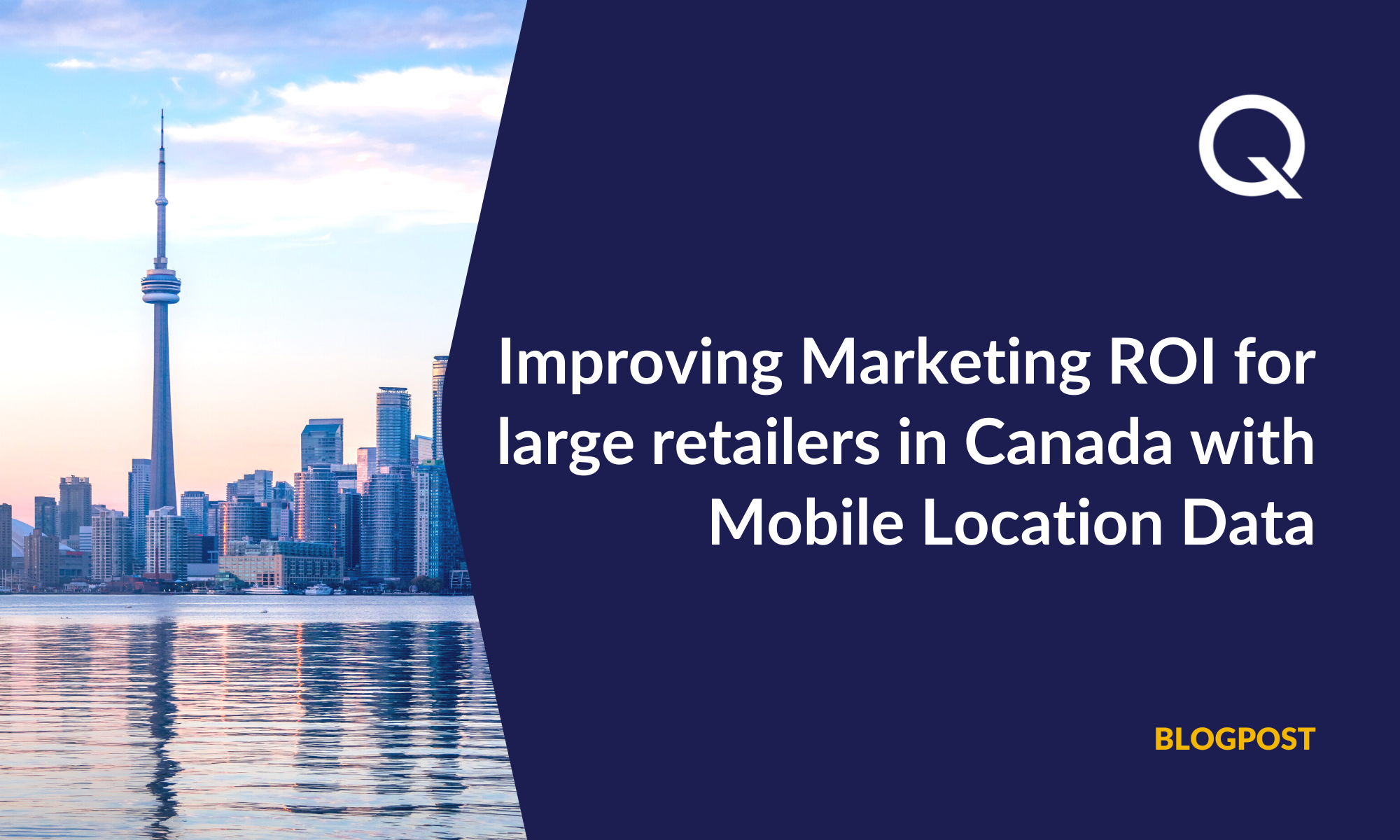
Image of people crossing outside buildings
To truly map human behaviour to effective mobile marketing, online data is not always the best data for brands to base their advertising campaigns on.
However, online behavioural data has become more popular due to it being more readily available and usually cheaper than the equivalent offline behavioural data.
Standard behavioural data from online sources is admittedly more readily accessible to brands. This is thanks to an abundance of data tracking tools including mobile IDs and cookies, which reveal limited insights into online behaviour.
These online data sources tend to include insights into things like websites visited, how long they spend looking at content, the type of topics they’re interested in, and their broad online behaviour habits.
Brands take this data and make assumptions on interests without necessarily understanding offline behaviour, which is so much more powerful.
Plugging The Offline Gap

Image of a cosmetic store
The reality is that today there's still a huge gap in understanding how consumers behave offline. When it comes to offline behaviour, brands’ understanding has historically been limited to data collection methods such as surveys or loyalty programmes.
However, both these traditional offline methods are flawed in two key ways:
- They provide incomplete data: Surveys are always based on small samples and loyalty programs only show you your own customers who use loyalty program.
- They come at high costs to brands seeking to source or commission it: Creating, maintaining and processing all the information from loyalty programs are large scale operations that require a whole marketing or company strategy behind it.
The result is that brands tend to prefer to go for insights derived from online behavioural data, which is not just cheaper but also easier to access, faster to obtain, and more readily digestible. Occasionally, brands do use a mix of offline survey data as well.
For the highest quality and most reliable customer insights, brands must understand the way consumers behave offline, which a huge impact on their buying habits and purchase intent.
Actions from the real world are directly linked to our interests. For example, if a person is seen regularly at a fast food restaurant it is a strong indication that they probably spend money on fast food. Likewise, someone seen at a car dealership is probably in the market to buy a car.
However, we can’t say the same of online behaviour: visiting a McDonalds website doesn’t mean you actually spend money at McDonalds. Similarly, visiting a car website doesn’t mean you’re in market for a car.
Offline Insights Are Key For Brands

Being able to understand how consumers behave offline is key to driving revenue growth for brands. Brands who can identify consumers that are interacting with them offline can do more effective and targeted advertising to drive purchases with the most relevant ads.
Offline insights also give brands the ability to identify new customers by looking at locations that are similar (competitive targeting) or places where their customers visit that are not necessarily associated with their own store locations.
An example of this could be Nike targeting people at sports venues.
Image of LinkedIn Retailers Guide
Simple Steps for Brands

Image of Quadrant Self-Optimising Location Strategy
In Quadrant's customer journey cycle analysis , we lay out some simple steps for how brands can leverage offline location data to gather deeper insights on their own customers (and potential customers).
Broadly speaking, this gives brands the ability to create audiences based on offline insights, leading in turn to more effective and targeted ad campaigns. Brands can also measure results of those audiences based on metrics like footfall and store visits.
The ability to then revise and optimise campaigns based on this offline data leads to superior outcomes for their advertising and sales teams.
The conclusion? Location data is key to mapping human behaviour to effective mobile marketing. Understanding who your customers are and how to deliver the right message to the right person at the right time is key to winning in advertising.
To find out more about how Quadrant can help with your advertising and data needs, get in touch with our team here.




